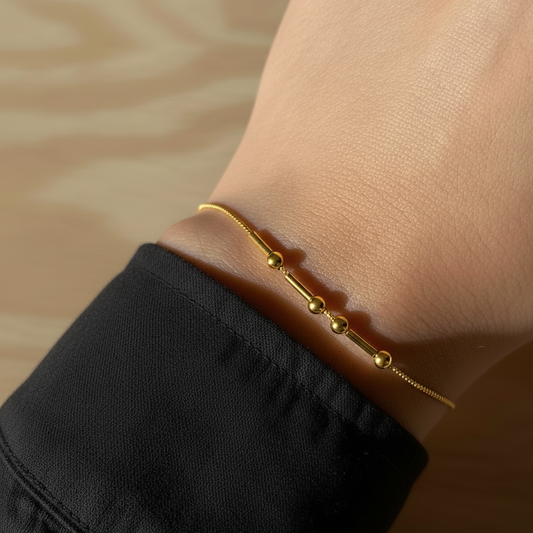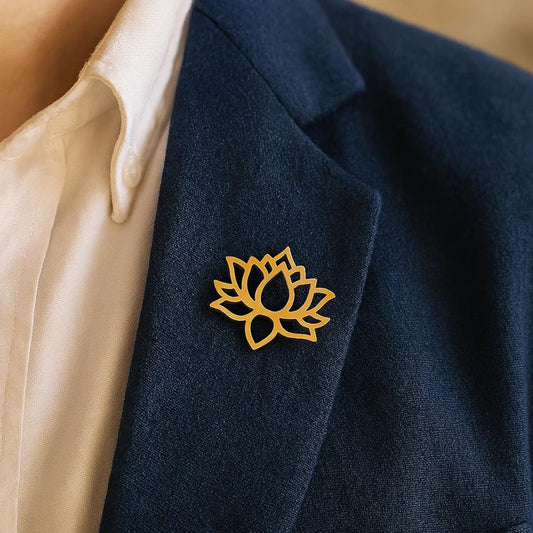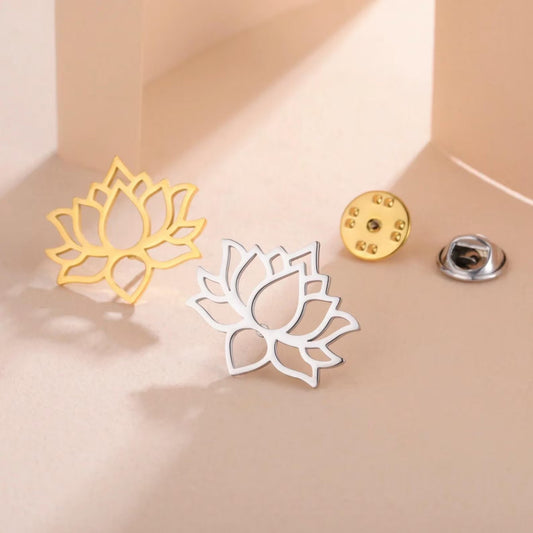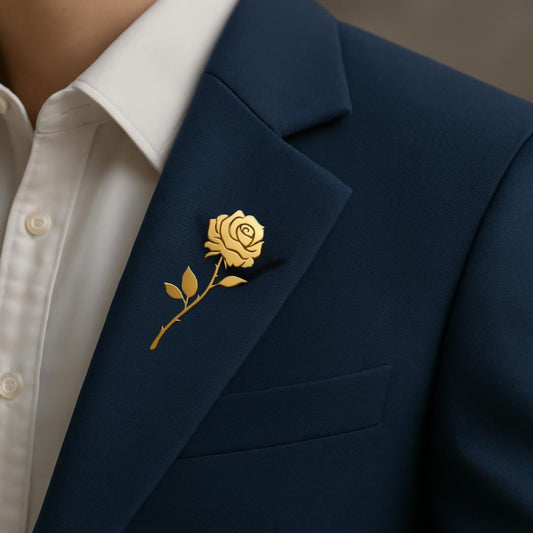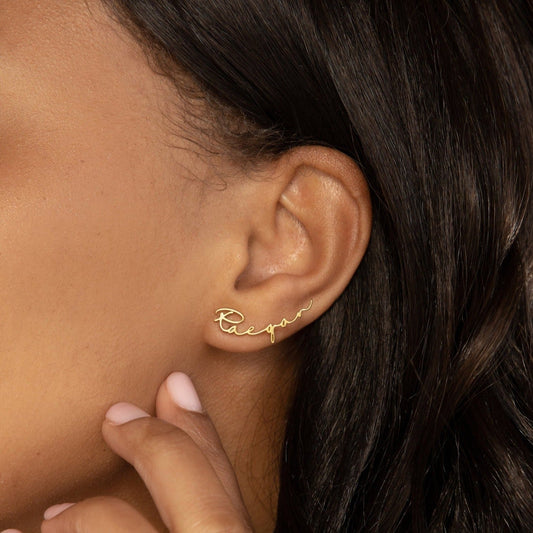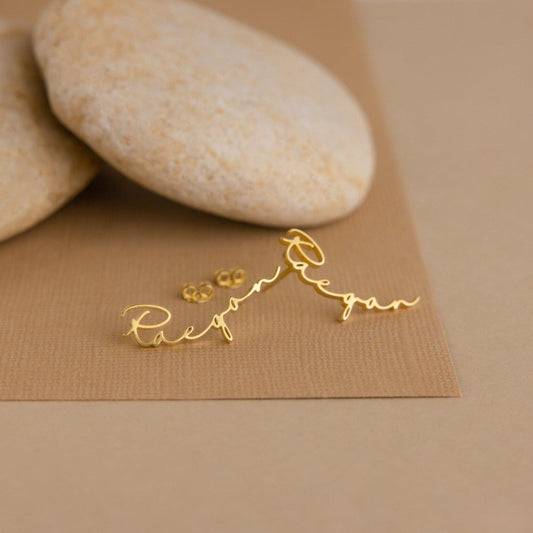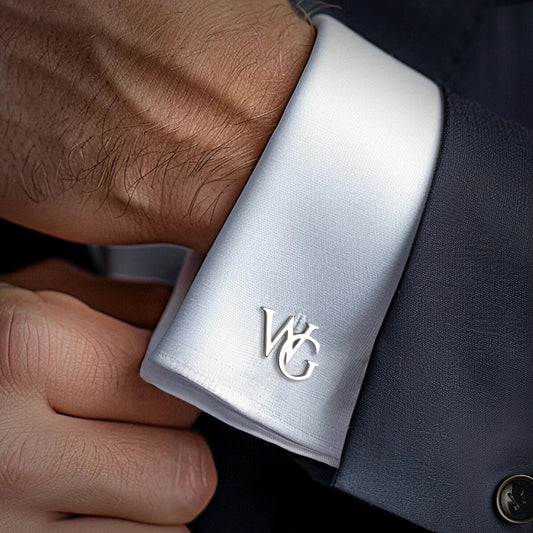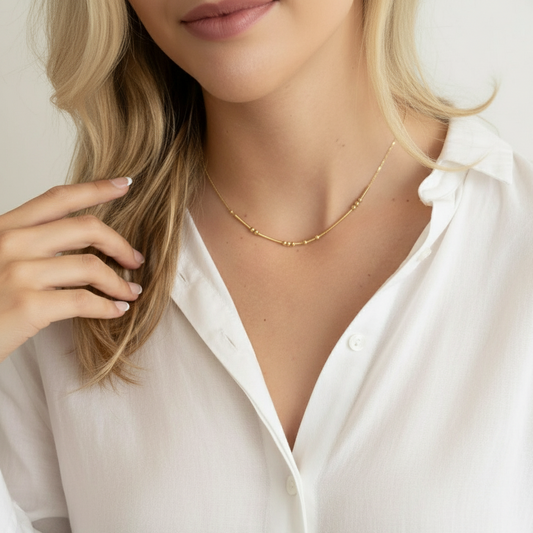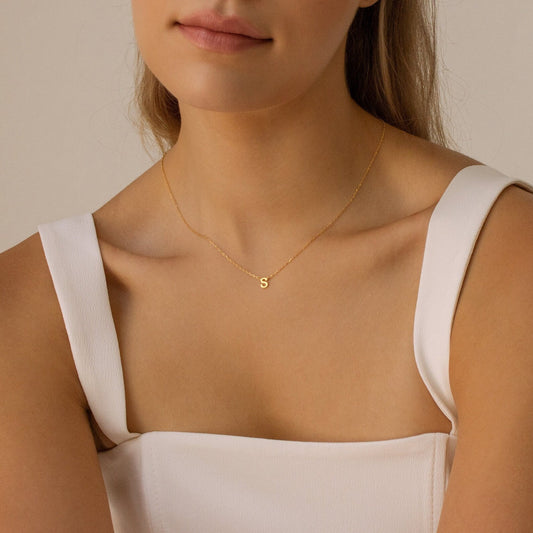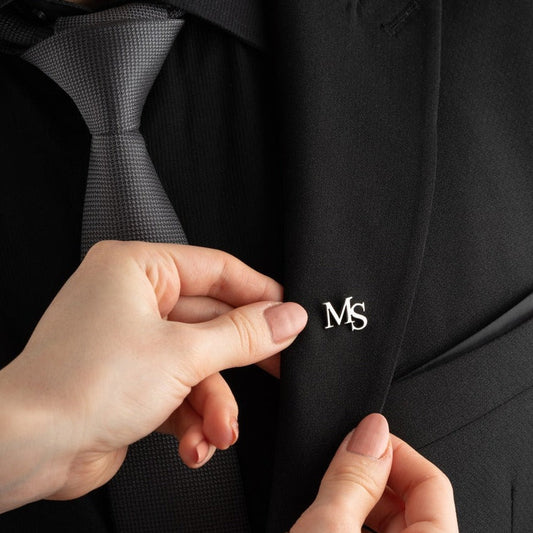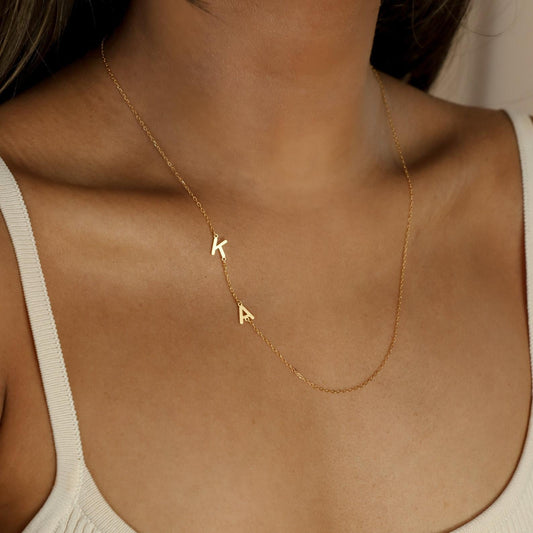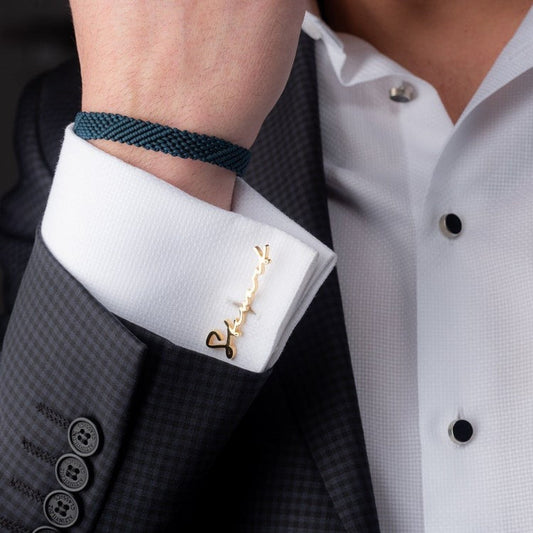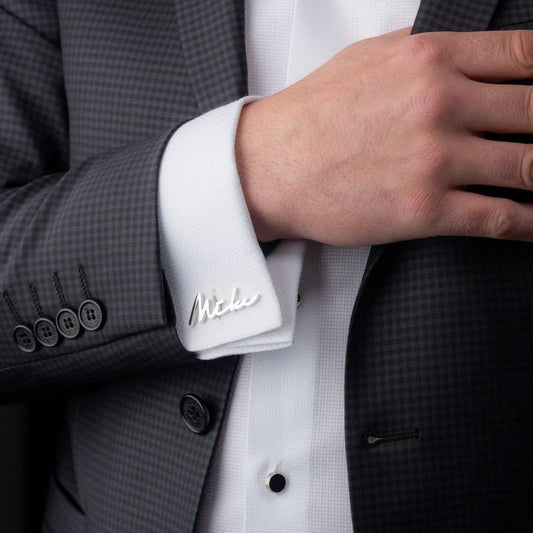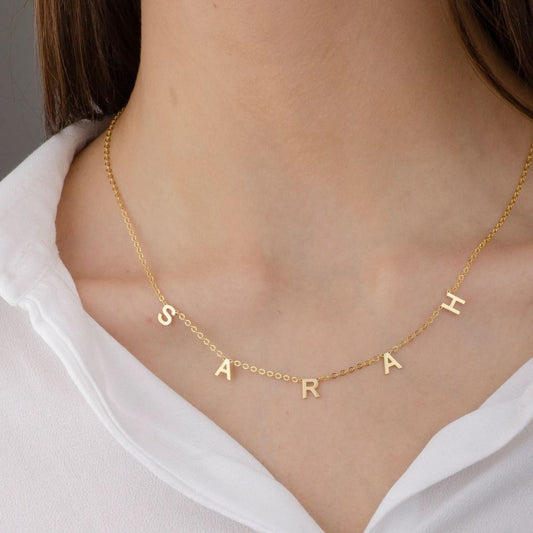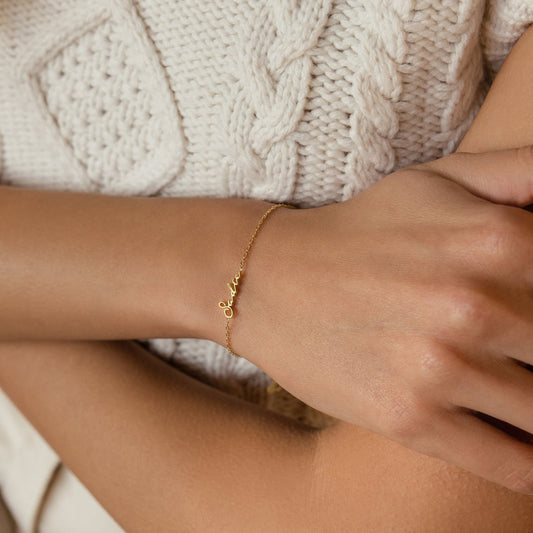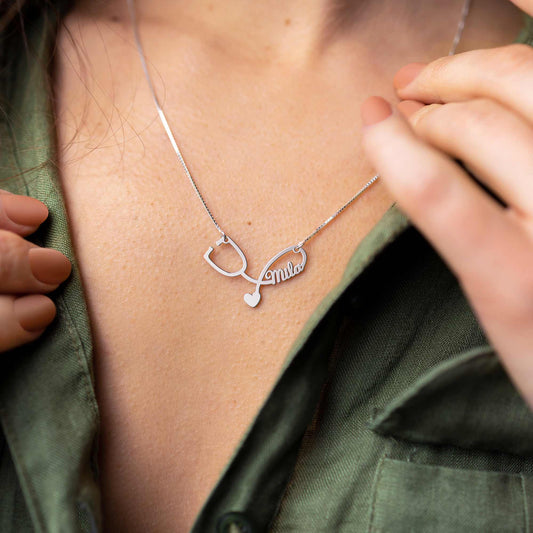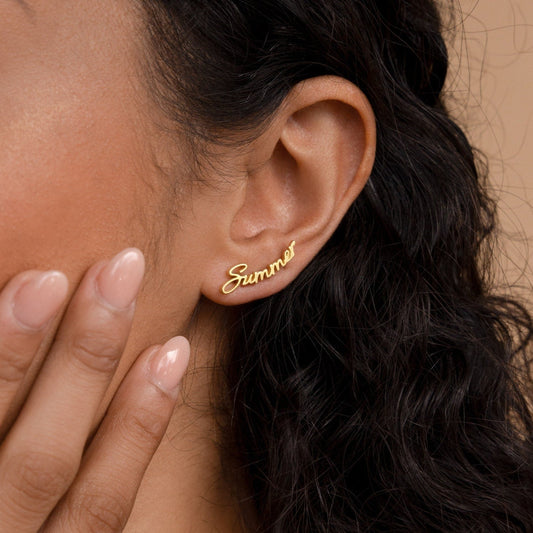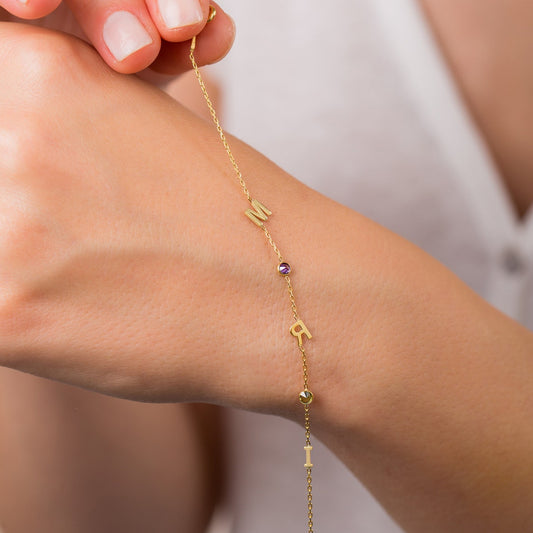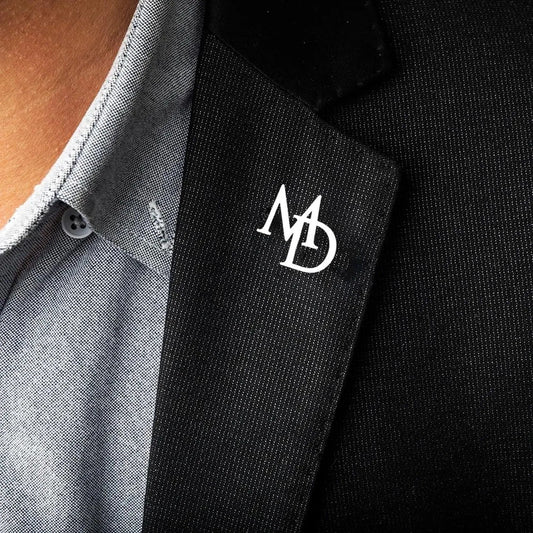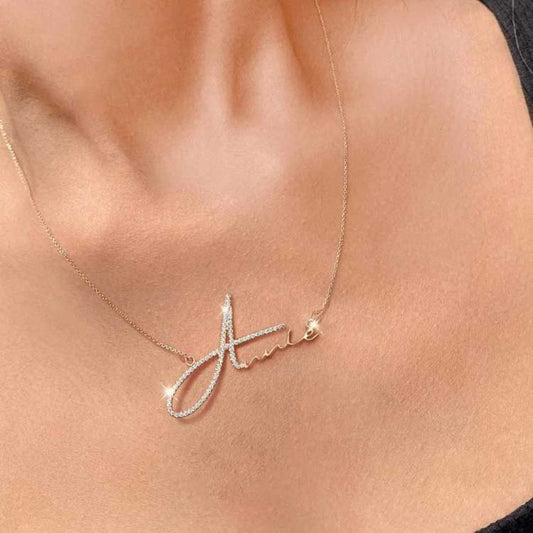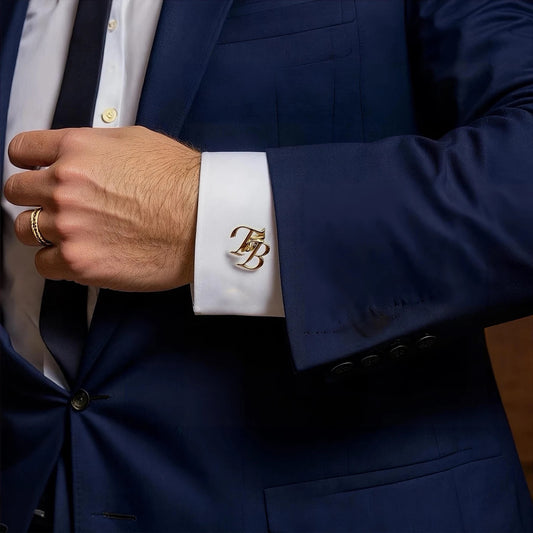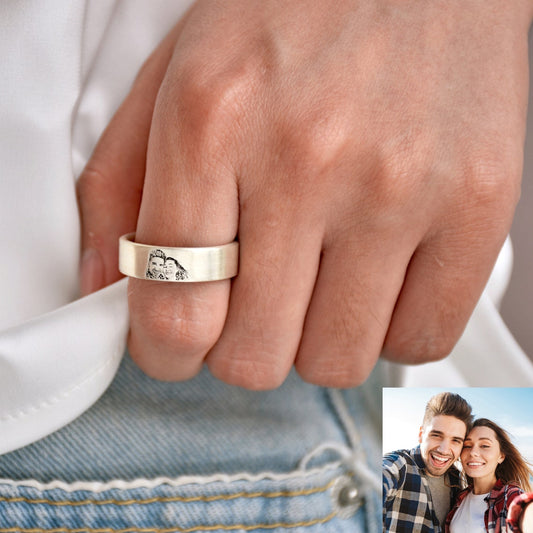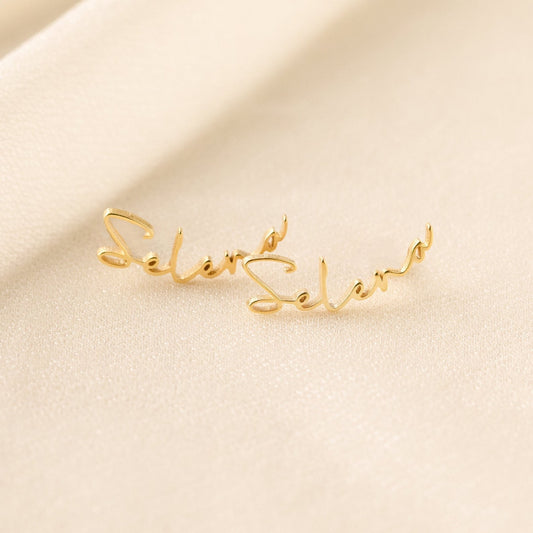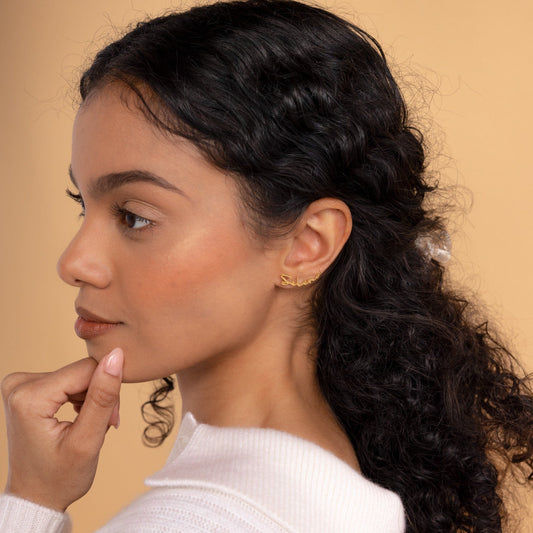What are the different types of jewelry settings for gemstones?
28 Jan 2025
There are various types of settings used to secure gemstones in jewelry. These settings not only hold the gemstone in place but also contribute to the overall design and aesthetic appeal of the piece. Here are some common types of jewelry settings for gemstones:
Prong Setting: Prong settings are the most popular and widely used setting for gemstones. They consist of metal prongs (usually four or six) that hold the gemstone in place by securing its edges or corners. Prong settings allow maximum exposure of the gemstone, allowing light to pass through and enhance its brilliance.
Bezel Setting: In a bezel setting, the gemstone is surrounded by a metal rim that holds it securely. The rim can fully or partially encircle the gemstone, providing protection and a smooth, sleek appearance. Bezel settings offer excellent security and can be a good choice for more delicate gemstones.
Channel Setting: Channel settings feature a row of gemstones set between two parallel metal walls, creating a continuous channel of stones. The gemstones are held in place by the walls without any prongs or bezels. Channel settings are commonly used for smaller accent stones or in bands, creating a seamless and elegant look.
Pavé Setting: Pavé settings involve setting small gemstones closely together, usually with tiny prongs or beads, to create a surface that appears paved with gemstones. The individual stones are set close together, often covering the entire surface of the jewelry piece, creating a sparkling and glamorous effect.
Tension Setting: Tension settings create the illusion that the gemstone is suspended between two ends of the metal without any visible means of support. The metal exerts pressure on the gemstone to hold it in place securely. Tension settings offer a contemporary and minimalist look, highlighting the gemstone's beauty.
Cluster Setting: Cluster settings involve grouping several smaller gemstones together in a tight arrangement to create the illusion of a larger, more substantial stone. The gemstones are typically held in place by prongs or bezels. Cluster settings can be used to create intricate designs or to add texture and visual interest to the jewelry piece.
Flush Setting: Flush settings, also known as gypsy settings, involve embedding the gemstone into the metal surface of the jewelry piece. The gemstone sits flush with the metal, creating a smooth and sleek look. Flush settings are commonly used for smaller gemstones or as accent stones in bands or rings.
Tension Bezel Setting: Tension bezel settings combine the features of tension settings and bezel settings. The gemstone is held in place by the tension created by the metal surrounding its edges, similar to a tension setting. However, the metal rim partially or fully encircles the gemstone, like a bezel setting, providing additional security and protection.
These are just a few examples of the many jewelry settings available for gemstones. Each setting has its own characteristics, advantages, and considerations, so it's important to choose a setting that not only showcases the gemstone but also suits your style preferences and the intended purpose of the piece.
Tags:

